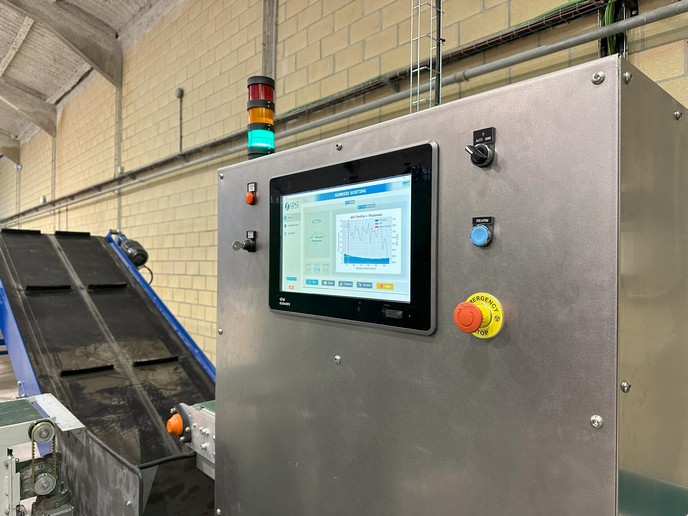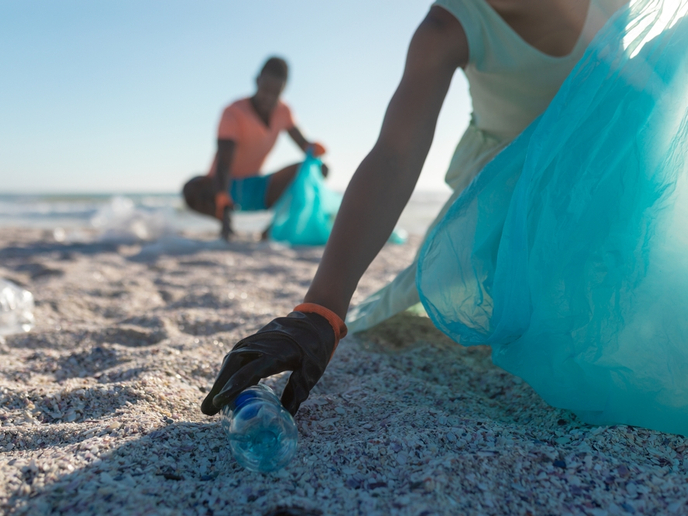Recycled polymer works its way into laminated glass
Polyvinyl butyral (PVB) is a widely used plastic material – commonly seen in car windshields and building windows – that makes laminated glass safe and shatterproof. However, PVB recycling poses significant challenges, leading to its frequent classification as waste. A major issue is the presence of leftover glass pieces in recycled PVB, resulting in a hazy, less clear product. Furthermore, exposure to weather over time allows laminated glass to separate more easily from PVB, but this process can degrade the PVB and complicate its reuse. Variations in PVB compositions from different sources can also exacerbate the haze problem when mixed. Owing to these difficulties, only a small fraction of PVB is recycled, with most recyclers focusing on retrieving the glass and leaving PVB as a limited-use by-product. The EU-funded SUNRISE project sought to tackle this problem by developing an advanced sorting system designed to separate and purify PVB, potentially recycling over 125 000 tonnes of it. This innovative system promises significant economic, environmental and social benefits by reducing waste and creating new applications for high-quality recycled PVB.
Innovative technology for glass recovery and PVB reuse
“We have developed a cutting-edge multi-sensor tool that can sort laminated glass waste based on the composition and condition of the PVB inside,” notes project coordinator Angélica Pérez Manso. “This tool uses advanced optical sensors and smart algorithms to quickly and accurately assess PVB composition. With this technology, we can sort through 100 pieces of laminated glass per hour, ensuring that each piece is categorised correctly.” A pilot demonstration of the prototype tool is underway in Spain. Once the glass is sorted, it is treated in a specialised facility that can recycle up to 360 kilogrammes of PVB per hour. The recycling process involves a mix of mechanical and chemical methods. Depending on the type of waste (automotive or construction), they help separate the glass from the PVB efficiently. The mechanical step involves breaking down laminated glass into smaller pieces to separate the glass from the PVB layer. After that, a special chemical wash is applied to help weaken the bonds between the glass fragments and PVB. This makes it easier to remove the glass, ensuring the PVB is clean and ready for recycling. The team has also explored adding antioxidants to inhibit thermal degradation of PVB during reprocessing, ensuring it remains stable.
Creating new laminated glass, reduce waste and setting recycling standards
“The most promising application we target is creating new interlayer films for laminated glass. However, we are not stopping at glass but are also exploring other applications for recycled PVB, such as creating coatings, textiles and even components for energy storage devices like batteries,” states Pérez Manso. SUNRISE activities are transforming PVB recycling, turning this costly material into new laminated glass, which supports a circular economy. By reusing PVB, the project significantly reduces plastic waste in the EU and boosts recycling rates for glass manufacturers. This innovative technology not only adds value to existing recycling processes but also paves the way for new products and markets. Moreover, SUNRISE is fostering industry standards through a CEN workshop agreement to ensure the quality of recycled PVB.
Keywords
SUNRISE, PVB, laminated glass, recycling, sorting, waste, circular economy







